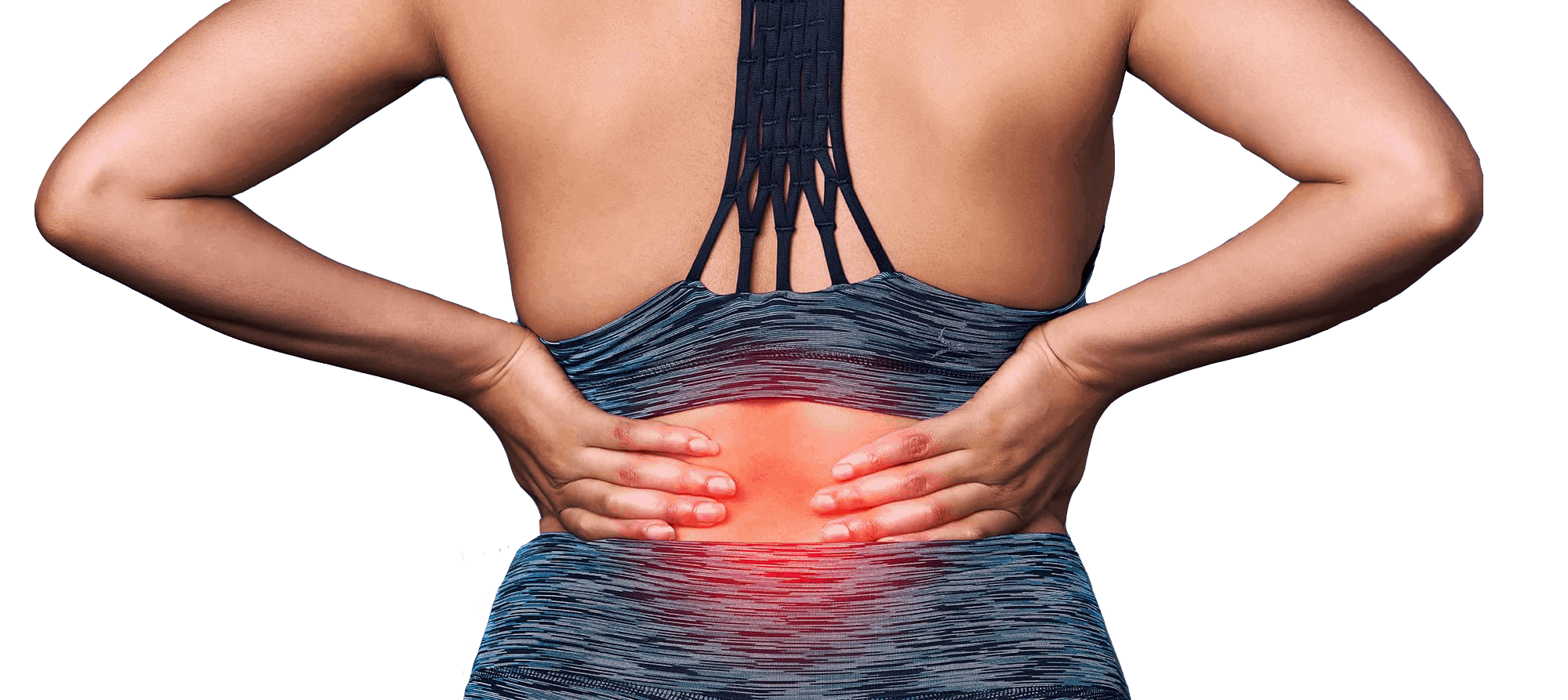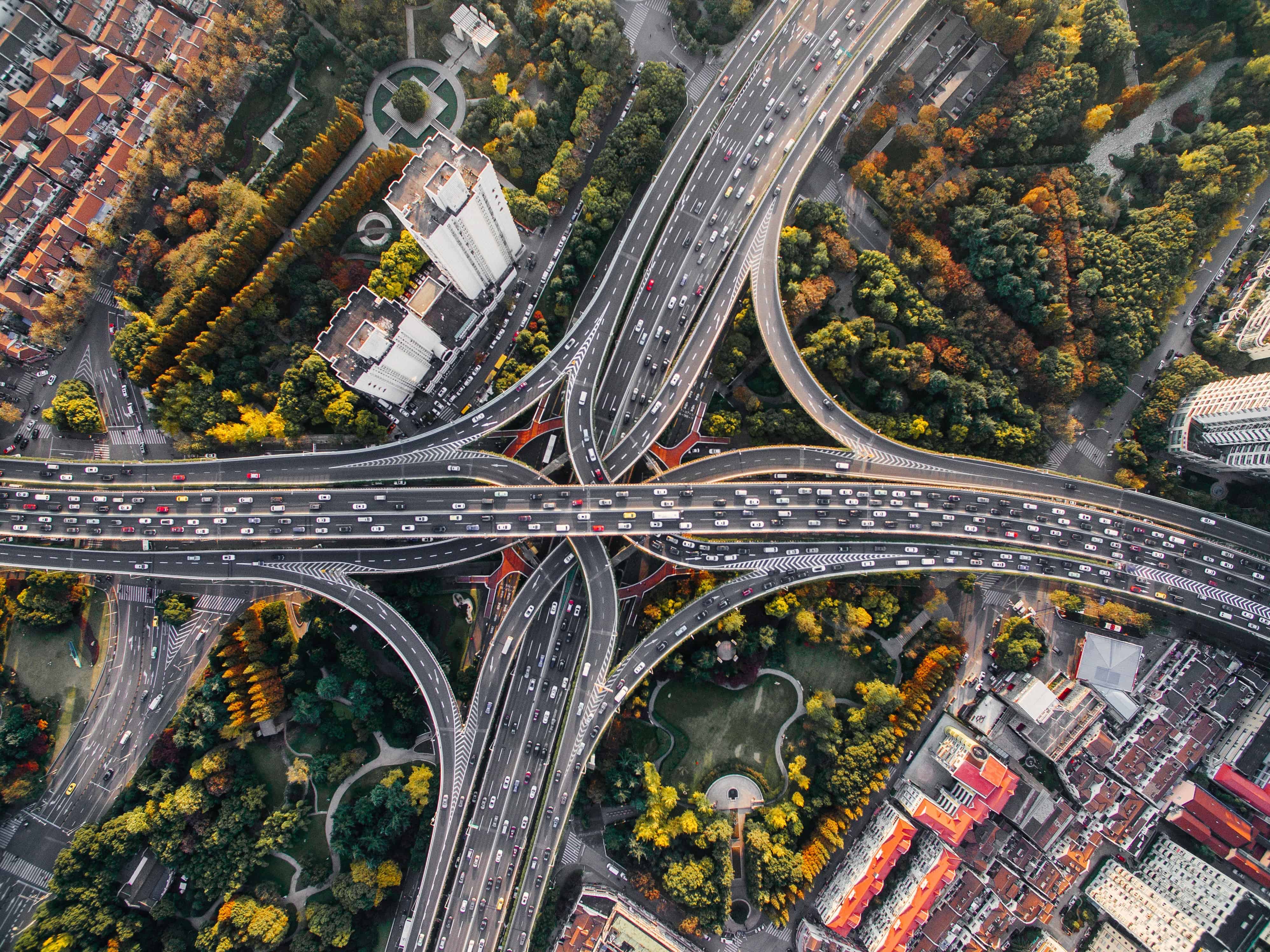We’ve all been there: cruising along the highway, the wind in our hair, when a sudden slowing of traffic occurs seemingly out of nowhere. Though we’ve all sat through our fair share of traffic jams, few people realize exactly why they happen in the first place. On a fundamental level, it’s easy to recognize when a road is overcrowded and too many motorists are using it at the same time. On the other hand, traffic often seems to crop up out of nowhere, with no discernable reason to why the cars are suddenly at a standstill.
Find out the maximum compensation you could receive.
Accidents and the rubbernecking that ensues are indeed a common cause of traffic. When a crash occurs, cars must stop or significantly slow down while officials work to clear the road. Even a minor car accident can send shockwaves of impact behind the point of the collision. While the road is blocked, more and more cars continue to enter the highway, adding to an increasingly tense situation. This traffic can make it difficult for emergency services to gain access to the victims, making a tense situation even more stressful.
Even after the road is cleared, traffic can take a long time to disperse. It’s human nature, to some degree, to want to see what was causing a traffic jam. We see ambulances racing past us, hear police sirens and become curious about what might have happened. By the time we pass by the wreckage, it’s hard to resist a quick peek. Unfortunately, this kind of rubbernecking only makes traffic worse, and can even lead to rear end car accidents.
Construction zones can also cause traffic to back up. These zones often feature a lower speed limit, to which drivers must quickly adjust. Even motorists who pass through the same construction zones each day can be caught by surprise at how quickly they have come upon the area, causing them to hit the brakes seemingly out of nowhere. This sudden slowing of a vehicle causes traffic to occur. The section right before a construction zone soon has too many cars on it that can be handled at normal speeds.
Hazards in the road can also trigger a traffic jam. When debris leftover from car accidents remains in the road, motorists must spot it and make a sudden decision to brake, change lanes or swerve to avoid hitting the hazard. Of course, debris doesn’t have to come from car accidents – even an empty cardboard box that has flown out of the bed of a truck can cause road hazards.
Construction zones, wrecks and hazards in the roadway can impact traffic, but human behavior and driver decisions also play large roles. Every decision a driver makes has the potential to impact others on the road. A slight adjustment in speed can cause “phantom” traffic jams. This occurs when a motorist speeds up or slows down and their choice makes a ripple effect on other drivers. Say, for example, a driver chooses to suddenly speed up, change lanes and cut someone off. The car that was cut off will likely slam on their brakes, causing the vehicles behind them to also hit their brakes.
This slight slowdown might not seem like a big deal, but it’s how major traffic jams begin. When enough of them occur, congestion is the result. That congestion can take far longer to clear than you might expect, causing a phenomenon known as traffic waves. As cars accelerate after a traffic jam, the most congested portion of the highway moves backward. Only when the correct number of cars are on a given stretch of road does the traffic wave dissipate.
Traffic is more than just annoying – it can cause seriously dangerous ripple effects. Anyone who has ever sat in an hour’s worth of traffic can tell you how it impacted their psyche. The negative emotions attached to traffic lead to stress and even road rage. An angry attitude towards traffic can cause some motorists to make increasingly reckless decisions in order to get to their destination on time. Always use defensive driving strategies when you’re in traffic to avoid being involved in a confrontation with an angry motorist.
Traffic can even impact our vehicles. The constant stopping and starting of traffic causes cars to burn gasoline less efficiently, adding pollution to our air and inflating the cost of travel. This only adds to the frustration associated with traffic.
The next time you’re stuck sitting on a highway that should be flowing freely, remember the ways in which your own choices behind the wheel contribute to traffic. By avoiding rubbernecking and driving defensively, you’ll help to keep things moving. While there is no way to avoid traffic entirely, the way in which we face such challenges can help keep everyone that much safer. While it’s easy to get frustrated with traffic, accepting it as part of the driving experience is the only way to truly conquer it.



